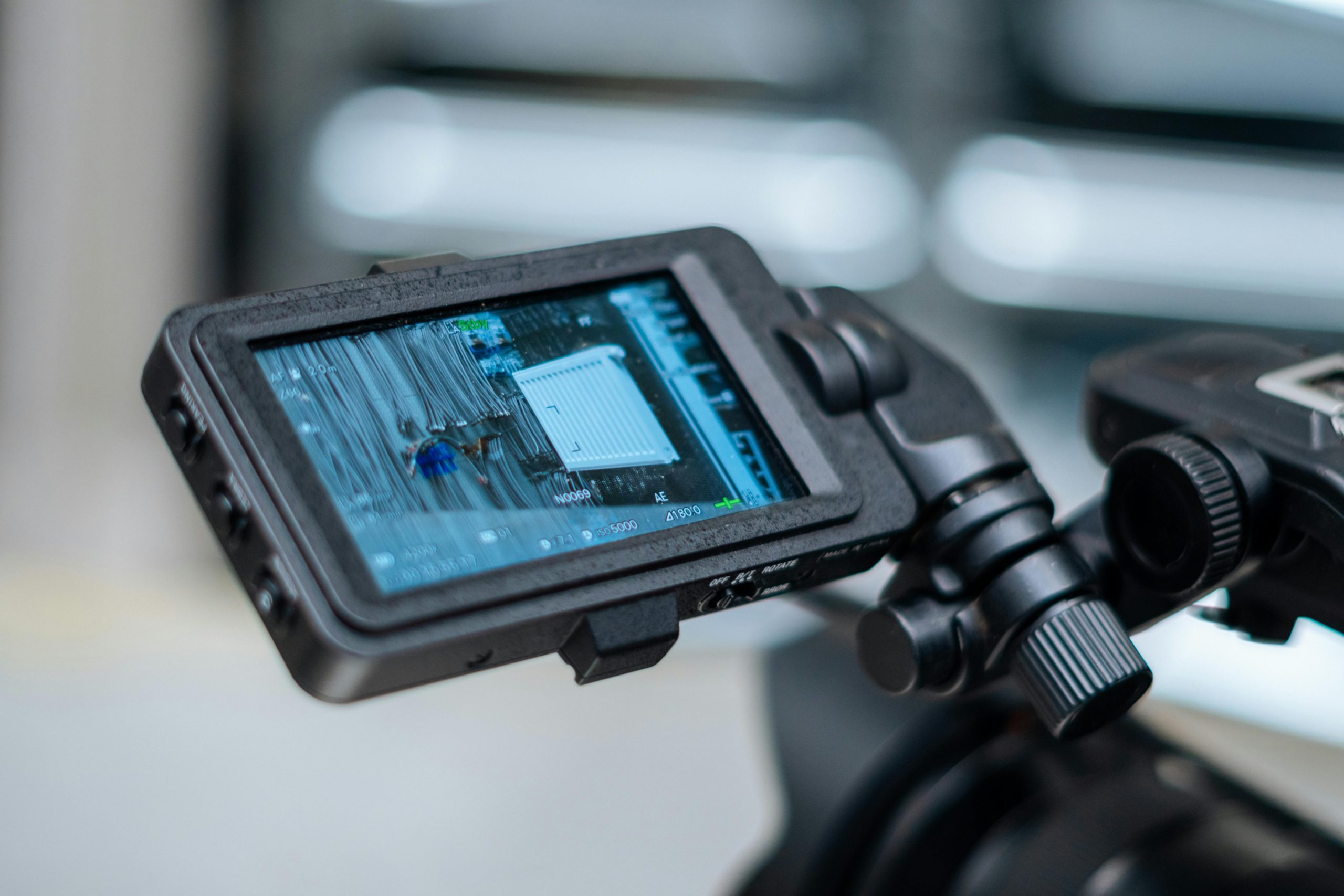Understanding and Resolving Display Duplication and Resolution Issues on Dual Monitors
In the realm of multi-monitor setups, encountering display anomalies such as duplication, incorrect resolution scaling, and detection issues can be perplexing. Recently, a user reported a peculiar behavior where their dual monitor configuration, which previously functioned flawlessly, suddenly exhibited the following problems:
- The primary monitor (2560×1440 at 165Hz) and a secondary monitor (2560×1440 at 170Hz) both display identical content, regardless of user settings.
- Windows only detects one monitor, yet the display appears on both screens.
- A new combined resolution option (5120×2880) is available, which spans across both monitors, but it results in a stretched, incorrect display aspect ratio.
- Standard troubleshooting steps such as disabling/enabling displays have proven ineffective.
Understanding the Problem
This issue involves several interconnected factors:
- Display Detection Discrepancy: Windows reports only one monitor detected, even though the display output appears on both screens.
- Duplicate Display Output: The content is mirrored rather than extended, which is unintended behavior in many use cases.
- Combined Resolution Option: The presence of a combined resolution (5120×2880) indicates that the system perceives the two monitors as a single large display, often associated with extended or mirrored modes.
- Resolution Scaling Issues: Choosing the combined resolution stretches the display across both monitors, distorting the aspect ratio, while selecting native resolutions results in duplication.
Potential Causes
- Graphics Driver Malfunction: Outdated or corrupted drivers can cause detection and display issues.
- Display Settings Misconfiguration: Incorrect settings in Windows or graphics control panel.
- Hardware Connection Problems: Loose or faulty cables, or incompatible adapters.
- Display Adapter Limitations: Some GPU or driver configurations may misinterpret multi-monitor arrangements.
Recommended Troubleshooting Steps
- Update Graphics Drivers:
- Download the latest Radeon GPU driver directly from AMD’s official website.
-
Use AMD’s Radeon Software to perform a clean install:
- Uninstall current drivers via Device Manager or AMD Cleanup Utility.
- Restart your system.
- Install the latest driver package.
-
Check Display Configuration Settings:
- Right-click on the desktop and select Display Settings.
- Verify if multiple monitors are recognized:
- If only one is detected, click Detect.
- Ensure
Share this content:



